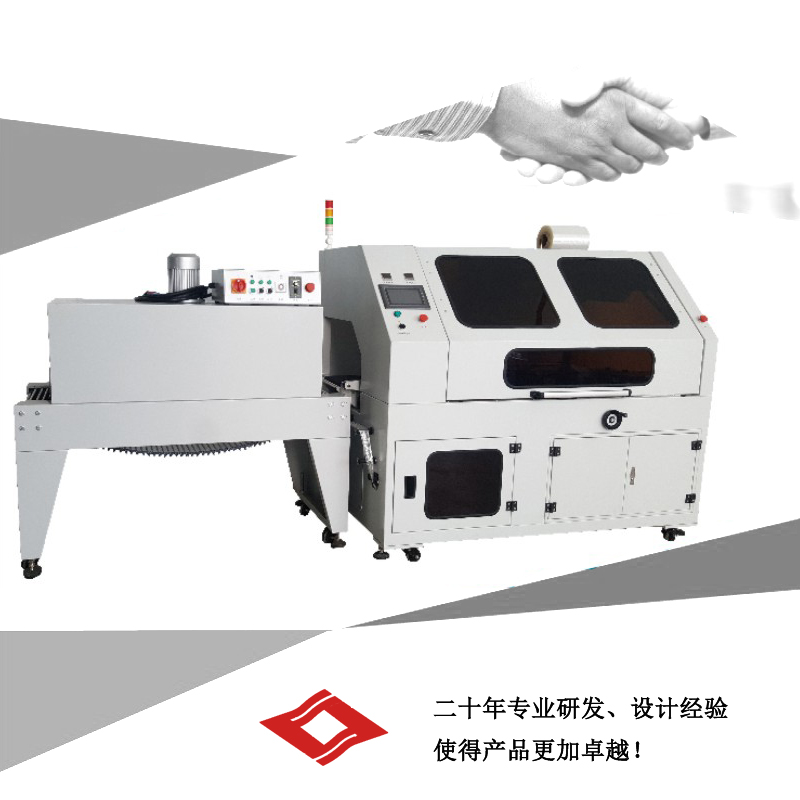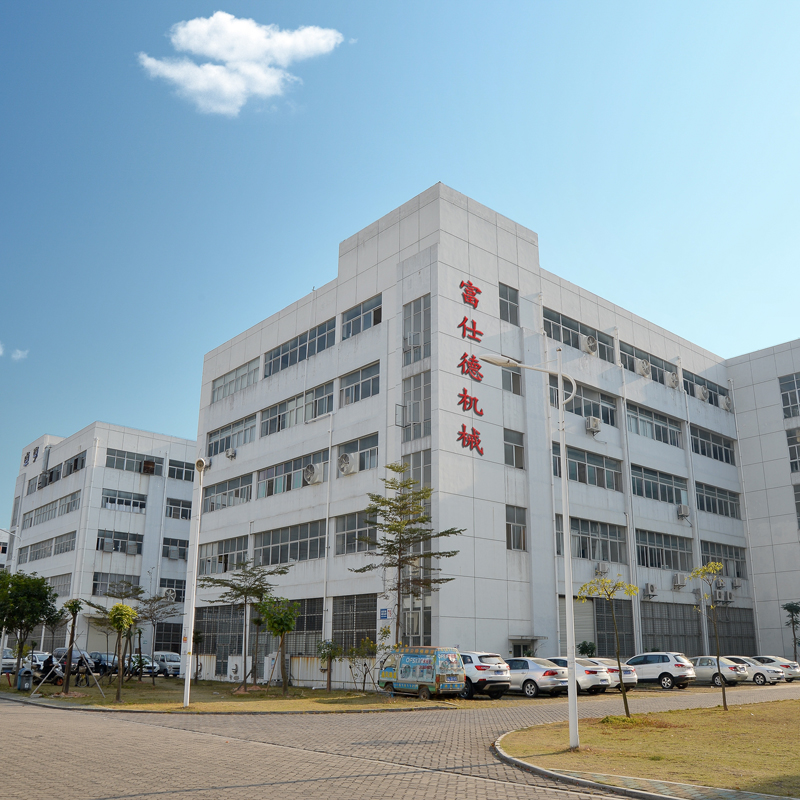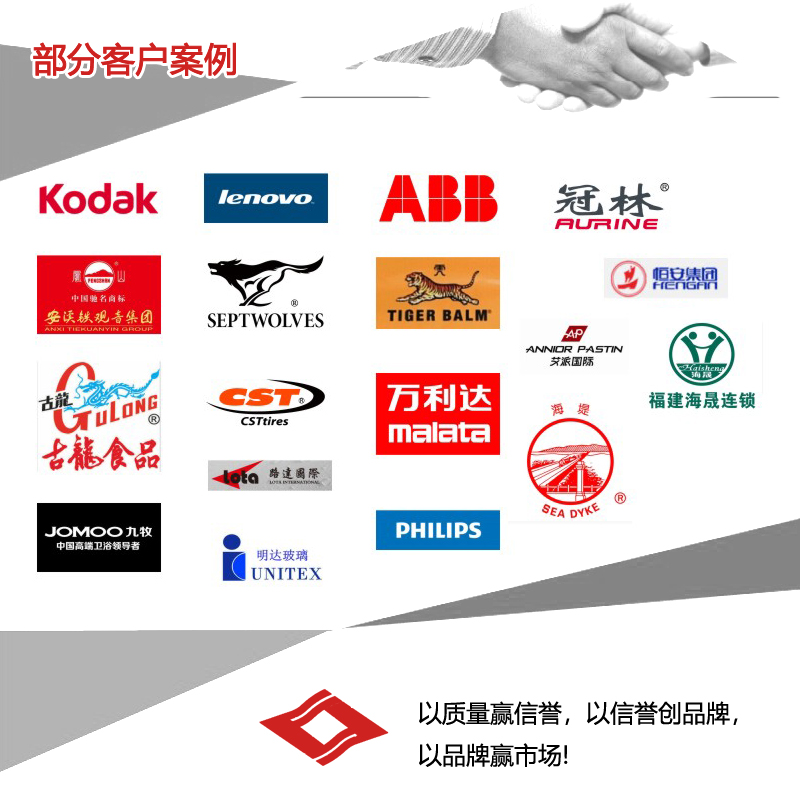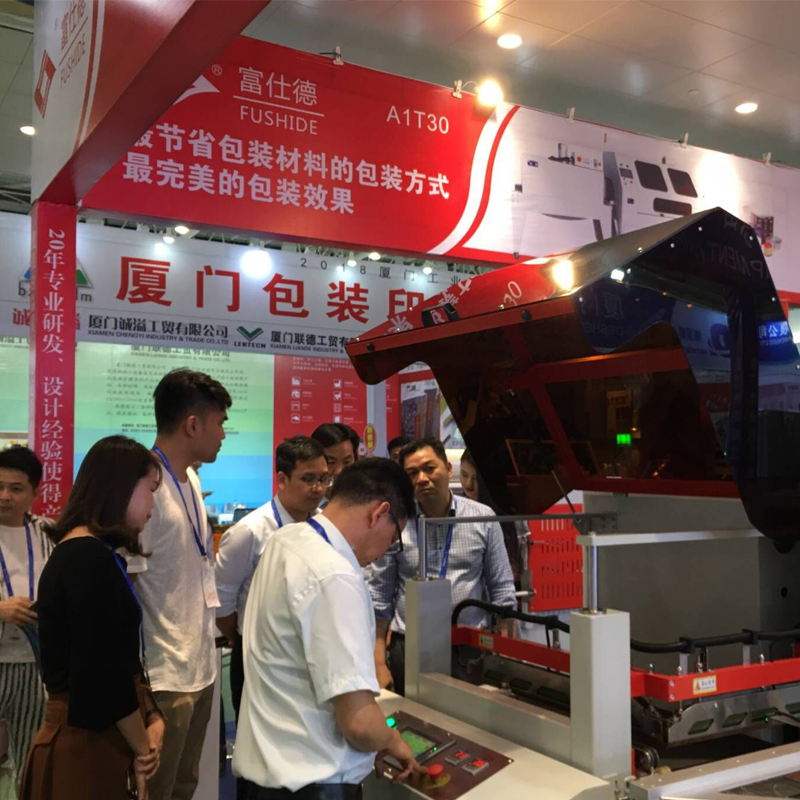News classification>>
Big discussion: How does automation affect your work?
According to the BBC, more and more companies are beginning to introduce smart machines to replace inefficient and costly human employees.
So what do you need to know about automation? And how does it affect your work? Using soft, flexible fingers, this robotic arm can reach the shelf and grab the apple, then gently put it into the basket.
Then it goes on to perform other tasks, such as moving lime, taking pepper, etc. It never tires and doesn't complain. This is the prototype robot arm that the online supermarket in Europe, Ocado, is testing. Due to irregular shapes or easy damage, the foods commonly found in these grocery stores often require human worker packaging in Ocado warehouses. But the company is looking to use robotics, which can help people in the warehouse do their jobs safely, faster and at a lower cost.
Ocado is not the only company pursuing the use of “automated workers”. In hospitals, law firms, and stock markets, many companies are doing the same. The question is, what kind of impact will these “automatic workers” have on humans? Will it affect you? The BBC Future Now section interviewed a number of experts to listen to their views. Some people's views are very pessimistic. I am worried that robots may take away human work. Does this really happen? Who is working at risk? What will happen to you after five years of work? The answers to these questions may surprise you.
The middle class is in danger
According to the study, 47% of human work in the United States is in danger of being replaced by machines, and about 35% of jobs in the UK are threatened with automation. In developing countries, the threat of automation is higher, and about two-thirds of the work is threatened by automation. But the argument that machines take away human work is not new. Bhagwan Chowdhry, a professor of finance at the University of California, Los Angeles, said: "Automation has happened before." He pointed out that during the industrial revolution, there was automation in the factory, and many machines replaced humans. Textile workers.
So what is the difference this time? Chowdhury said: "It will not only affect blue-collar workers, but many white-collar workers will not be able to protect themselves." Many times, we believe that low-wage, low-skilled jobs are the most dangerous, such as warehouse workers or cashiers. But automation can also affect middle-income jobs, such as clerk, chef, office staff, security, junior lawyers, and prosecutors.
The replacement of these jobs on the "fire line" has been worrying. But Carl Benedikt Frey, co-director of the Oxford Martin Technology and Employment Program, said: “What’s more worrying is the pain of transformation. We see that most of it is replaced by automation. Workplaces need to have a different skill, and the key challenge is to ensure that experienced alternatives can find meaningful things to do."
So, are companies that are looking for automated jobs ethically obligated to help employees who are replaced by jobs learn new skills?
Future work
The answer may not only be that the company has such an obligation, but the school should also play its part. In a world where technology advances so rapidly, our current educational structure may no longer be applicable. Erik Brynjolfsson, director of the Digital Economy Initiative at the Massachusetts Institute of Technology, warned: "We are worried that our education, training and political systems cannot keep up with the pace of technological progress. In the end, many people may be left behind."
Brian Jolfson and Ocado CTO Paul Clarke believe that school education needs to teach students how to cope with the world in which AI and robots are widespread. It is worth noting that we have not improved education, training and political systems. In the workplace, employees are constantly being asked to learn new skills, rather than changing their careers.
Chowdhury said: "The difference between work and study may become more blurred. We currently treat them separately, that is, some people work without learning, while others focus on learning without working. We need to get rid of weekly Working for a five-day traditional system, it takes 60% of the time for work and 40% of the time for learning. For most people, this may require a major shift in thinking.
Research by management consulting firm McKinsey and Company shows that less than 5% of work can be fully automated through existing technology. The reason is that our work is too diverse and varied, and the robot is simply not competent. Instead, the two agencies predict about 60% of jobs and one-third of the work will be handed over to the machine. This will mean that most of us still need to do our own work, but the way we work will change dramatically.
Assisting humans
Learning how to work with robots is also essential. James Manyika, a senior partner at McKinsey & Company, explained: “We can give repetitive work to the machine, and liberated people can do more valuable work. This can be huge for wages. Downside pressure, because the machine will take on all the difficult work. This also means that more people will work with technical assistance, and the competition may be more intense."
But there are also bigger problems here. In addition to lower incomes and the potential unemployment impact of middle-income workers, the government itself may face many fundamental problems, such as reduced taxes and increased dissatisfaction. Fortunately, there is still a lot of work that can only be done by humans, and the machine is not up to the task. For example, the best example given by Singapore researchers is that they are trying to teach two automated robotic arms to assemble IKEA chairs in flat packs. Although the most advanced equipment is used, the two machines still do not perform the most basic tasks well.
For robots, even distinguishing different objects from chaotic parts is a huge challenge. In the latest test, two robots took 1 minute and a half to successfully insert the latch into the chair leg. And this is just the most basic job of furniture assembly. Hawes explained: “When you want the robot to assemble different parts of the furniture, you will have real challenges. The robot can be fitted with IKEA drawers, but it is difficult to assemble the same drawers for the wardrobe. Different parts, even if some assembly steps are the same, humans have no such problem."
Human advantage
From greater flexibility to better personality, humans always outperform robots in many ways. Brian Jolfson said: "As repetitive work is taken over automatically, we find that the demand for creative skills is increasing. We also find that the demand for social skills is also rising, including care, training, persuasion, negotiation and marketing. Class interpersonal skills."
Frey believes that human beings have advantages in several areas. He said: "The first is social interaction. If we break down complex social interaction into daily work, we can divide it into negotiations, try to persuade others, help others or care for others. This is almost unimaginable, the computer will let these work People are troubled."
Second is the field of innovation. Computers are good at analyzing problems and can perform repetitive tasks without bothering. However, humans have confirmed that this monotonous work is rather tedious. The Massachusetts Institute of Technology's Digital Economy Initiative plans to set a $1 million bonus challenge designed to encourage companies to take advantage of the most typical "humanity" and technology. McKinsey's Manika said: "At present, the salary we pay to the babysitter is very low. Similarly, a lot of art and creative work does not make money. The challenge is how we evaluate the creative output or the work that is not willing to let the machine take over. value."
Ocado's head of research and development, Alex Harvey, is responsible for developing software and technology for the company's retail division. He points out that the world is designed and built for humans, and the ability to manufacture robots in complex environments is a major technical challenge. Ocado is working with a number of European universities to develop a project called SecondHands, a robotic maintenance aid that proves that humans and robots can collaborate. Harvey explained: "It has the ability to raise the work to a higher level than humans. From the perspective of its behavioral instructions, this is quite simple. But when human technicians act as leaders, they can form a great team. Can play the maximum power of the robot."
But a closer look at the coordination of humans and robots may have deeper ethical issues.
Moral issue
About 1.7 million robots are currently in use worldwide, and they are mainly used in industrial environments where few humans can set foot. As the number of robots increases, they will also undertake more and more work. It is likely that humans and robots will work side by side, but this will also increase the risk of human beings being hurt. Mady Delvaux, vice chairman of the European Parliament's Legal Affairs Committee, called for: "We need more transparency so that we can understand how robots do things and the behind-the-scenes factors of their behavior."
Delvo is currently working hard to promote legislation for robotics and artificial intelligence in the European Parliament. Her report for the European Parliament stated that new legislation is urgently needed to deal with possible accidents. If the robot is in violation of the law, it should bear the corresponding responsibility. For example, the AI algorithm may choose a series of financial transactions in order to achieve the goal, but it does not meet the regulatory requirements of the regulatory authorities. Dvor and colleagues also urged the Ethics Committee to help guide our relationship with robots. She said: "Some things must be respected, such as human autonomy and privacy."
This may also highlight another puzzling problem with AI, the prejudice problem. Machine learning systems perform very well when using data training, but recent research has shown that AI can be cultivated with gender and racial discrimination. Dvor also pointed out that people who write algorithms have a big impact on AI. Most of the people working in the technology industry are white males. Among the largest and most influential technology companies, male employees account for 70% to 90%. In the past few years, Silicon Valley has been shocked by the gender discrimination scandal.
Judy Wajcman, a sociology professor at the London School of Economics, warned: “The current technical design is only a very small percentage of the population. Technology needs reflect social needs and requires design and innovation. At the same time, Bill Gates came in and raised questions about ethics: the robot itself might need to pay taxes to make up for the taxes of those who lost their jobs and help support them. Others claim that as robots take on more and more tasks, there may be a “universal basic income” phenomenon that everyone can benefit from.
Of course, most of these assumptions are that robots are really capable of the work we set for them. Although they have strong intelligence, they are still quite clumsy tools compared to humans.
Improved space
Like the example of IKEA, AI still has a lot of room for improvement. Perhaps the biggest problem facing machine learning and the AI community today is understanding how algorithms work. Manika said: "Things like AI and machine learning still largely belong to the black box. We can't open them to find the reason for their answers." This will lead to many problems. Machine learning systems and modern AI factories need to use a lot of data or pictures to train them to help them identify patterns or trends. When they get new data, they can also use similar things to find similar patterns.
This can be very useful if we want to find signs of a disease in a CT scan. But if we use a similar system to find suspects from CCTV videos and use them as important court evidence, it becomes critical to understand how it identifies suspects. Even in the field of driverless cars, this reasoning ability is still a considerable challenge.
Takeo Kanade, a professor of robotics at Carnegie Mellon University, is one of the pioneers in the field of driverless cars and a computer vision expert. He said that giving robots the ability to "really understand" the world around them still needs to overcome many technical challenges. He also explained: "This is not just about identifying the location of the object, it must be able to understand what the world around is doing. For example, is that person really going to cross the road in front of them?"
In the project of developing an automatic “training manager”, Harvey proposed a similar problem. The team programmed the robot called Betty and sent it to work in various offices, such as checking whether the fire door was closed, measuring noise, and counting employee overtime outside normal working hours. Harveys said: "This robot needs to distinguish between people moving chairs, moving to tables or potting, it is very difficult for robots that don't need to be reprogrammed." But even if this robot is not perfect, humans still find use. It's the way.
Surprisingly, those who work with Betty respond positively to their machine colleagues, even when it is trapped in the corner to provide positive help. Harveys said: "People will greet it in the morning, saying that it makes the work of the office more interesting." If we can give the tedious and repetitive work to the robot, then we can do something more like it. . Frey said: "As a result, work will become more interesting."
This is a tempting idea, but that is only a possibility. The rise of machines may steal more people's work.





















